The Ultimate Guide to Pet-Friendly Curtains (For Homes with Cats & Dogs)
One of the biggest concerns for many homeowners is whether or not they can maintain stylish window treatments while also balancing pet ownership. Between a cat’s tendency to climb anything in their path, and a dog’s ability to shed or drool on every inch of fabric in your home, it’s only natural to worry about your investment in quality curtains or to fear costly replacements. But you don’t have to let that fear stop you from investing in beautiful, high-quality drapes. You can choose window treatments that work for every family member, including our furry companions, by ensuring the materials you select aren’t just durable, but inherently safe.
Safety First: Eliminating Cord Hazards
Let’s begin with the biggest concern pet-lovers ask about: corded blinds and shades that may present strangulation risk. The alternative here, however, is relatively simple: traditional curtains hung on a rod or track. These cordless options provide the only truly safe choice for homes with pets.
Why Cordless Curtains are the Only Safe Choice
Cordless curtains rely on fabric, rods, and rings or tracks, containing no dangling cords to invite disaster.
· Style in Headers: Prioritize simple heading styles such as Grommet, Rod Pocket, or Tab Top curtains that move easily by hand, eliminating pull cords as a safety risk while also preventing the common issue of frequently needing to replace damaged corded systems.

Grommet Top
· Hardware Upgrades: Install hardware securely into wall studs to handle sudden pulls from a playful dog or climbing cat, ensuring the entire assembly remains fixed for long-term safety.
· Temptation Check: Always check the top two inches of the curtain header for loose threads or loops before hanging. This quick check can eliminate temptation points a cat may notice that would result in a climbing debacle.
Selecting Fabrics That Defy Fur and Claws
Choosing the right material offers a straightforward solution to keeping your curtains from becoming the next shredded play toy or just permanently covered in fur from constant rubbing. Select fabrics with a tight, heavy weave that claws can’t penetrate and hair can’t easily become entwined in.
Resilient Fabrics: Durability and Low Maintenance
Consider these quality, timeless fabrics and textiles when trying to balance style and inevitable wear from pets:
· Fur Resistance: Synthetic Velvet and Microfiber use tightly compressed fibers that are nearly impenetrable to claws; fur sits on the material surface and is easily vacuumed off, providing low maintenance.

· Easy Cleaning: Heavy Cotton Canvas (or Duck Cloth) is built for resilience, and cotton blends like the Aria Cotton Textured Check Pattern are often machine-washable. Follow the care label for accuracy in cleaning to remove accidents or ground-in dirt and to ensure longevity.

Aria Cotton Textured Check Pattern
· Liner Care: Blackout drapes with a rubberized backing require a non-immersion cleaning process to protect the liner's quality and ensure they continue to block light effectively.
Style Tip: In the event you need to use a deterrent spray, always test it on an inconspicuous hem first, then spray a washcloth or hand towel and rub the lower edge of the curtain instead of spraying the fabric directly to prevent visible water spots or discoloration.
Avoiding delicate or open-weave textiles such as pure silk, taffeta, and rayon is essential, as these are snag magnets, presenting a high risk for pet damage.
Expert Styling and Deterrence
Achieving a truly pet friendly curtains design involves specific steps that go beyond fabric selection. These clever styling tricks offer unique insight into making the reality of pet ownership less visible and costly.
Optimizing Length and Camouflage
The length of your curtain influences both the room's elegance and your pet's behavior. Fabric that pools on the floor is a magnet for pet fur and can be a tempting toy for cats.
· Opt for curtains that skim the floor or stop just above it to prevent the bottom edge from collecting dust and fur and minimizing the fabric a kitten can grab.

Aurelia Floral Pattern “Skim” Example
· Use smart color choices to reduce visibility of shedding; select a subtle tweed or a two-tone pattern rather than a solid color, as it is significantly better at camouflaging small stains and stray hairs.
Style Tip: For a safe look, aim for a "just break" length where the curtain barely kisses the floor (within 1/4 inch). This retains an elegant drape without providing excess fabric.
Getting the length right and using smart color choices ensures a clean line and can minimize the opportunity for pets to use your drapes as their next chew toy or scratching post.
Maintenance and Pet Redirection
The final steps to durable curtain life involve routine maintenance and gentle training. Implementing natural deterrents and maintaining consistent cleaning schedules can ensure your window treatments hold their style and appearance no matter how many furry family members you may have.
· Proactive Redirection: Place a tall scratching post or a batting toy near the window to offer an alternative distraction to your cats and to help preserve your curtains from being clawed.
· Citrus Deterrent: Apply pet-safe citrus-scented sprays or repellents on the bottom six inches of the curtain to discourage curious exploration without harsh chemicals. Remember to always spot-test the spray first!
· UV Protection: Use well-made sheers in sunny rooms to diffuse light and provide UV protection, protecting furniture and floors from sun damage that may already have enough wear and tear from your pets.

FAQ: Real Reader Questions Answered
Q: "Can I ever have linen curtains if I have a cat?"
A: It's a high risk due to its loose weave, but a tight-weave linen-blend might work better than pure, loose linen.
Q: "How do I get pet smells out of my curtains?"
A: Machine-washable fabrics should be laundered with a cup of white vinegar; for non-washable fabric, use an enzyme-based spray approved for upholstery. Always check the care instruction labels and test on small parts of your fabric before attempting to combat odors.
Q: "Will thermal curtains help reduce outside noise from my dog barking?"
A: Yes, the density of thermal or blackout curtains absorbs some sound waves, providing modest results in reducing exterior noise transference.
Style Recap & Final Takeaway
A beautiful home and a happy pet are not mutually exclusive; smart design choices can make all the difference:
· Cordless options are mandatory for pet safety to eliminate strangulation hazards.
· High-density fabrics such as synthetic velvet and cotton canvas resist claw snags and keep fur on the surface.
· Length is crucial; curtains should skim the floor, not pool, to minimize dirt collection and play invitation.
· Deterrents like nearby scratching posts or mild sprays redirect pet attention away from the drapes.
And just like that, you're ready to create a pet-friendly home that maintains its elegance and comfort. Now you can feel free to explore our curated collection of ready-to-hang and custom curtains to find options designed to handle the demands of a busy household.
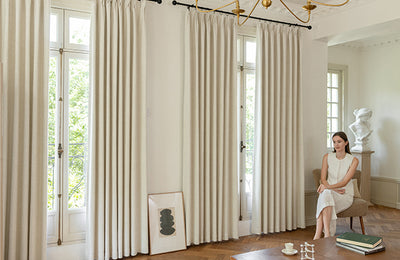
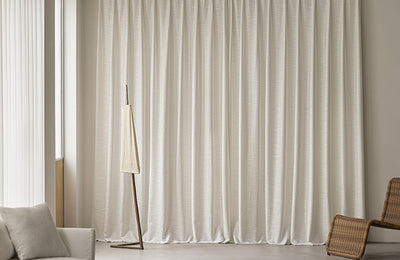
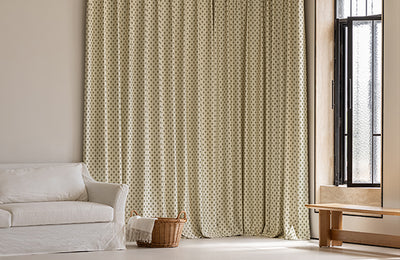




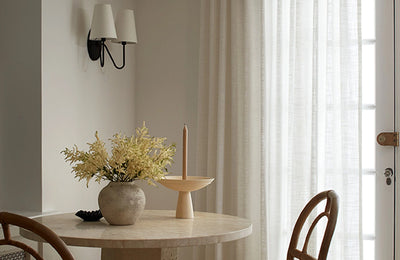
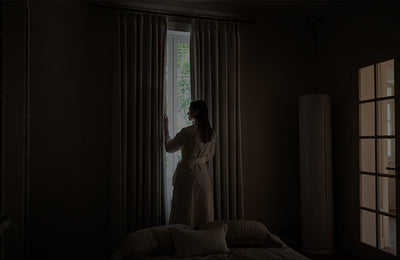

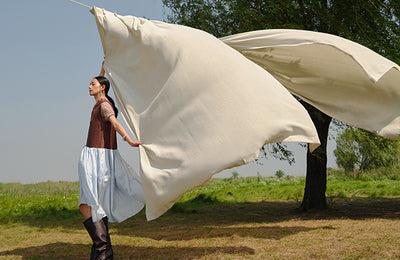
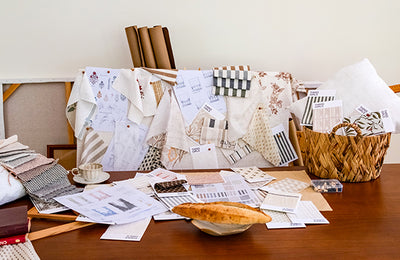




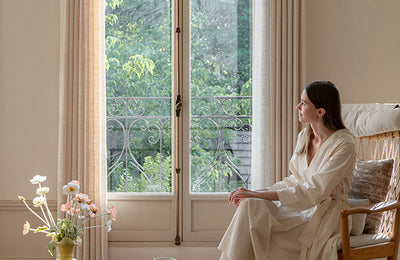




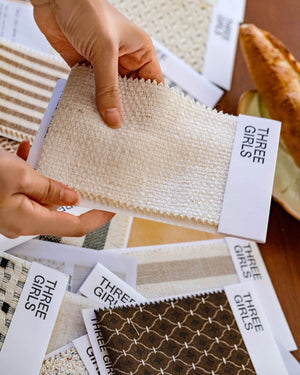


Leave a comment
All comments are moderated before being published.